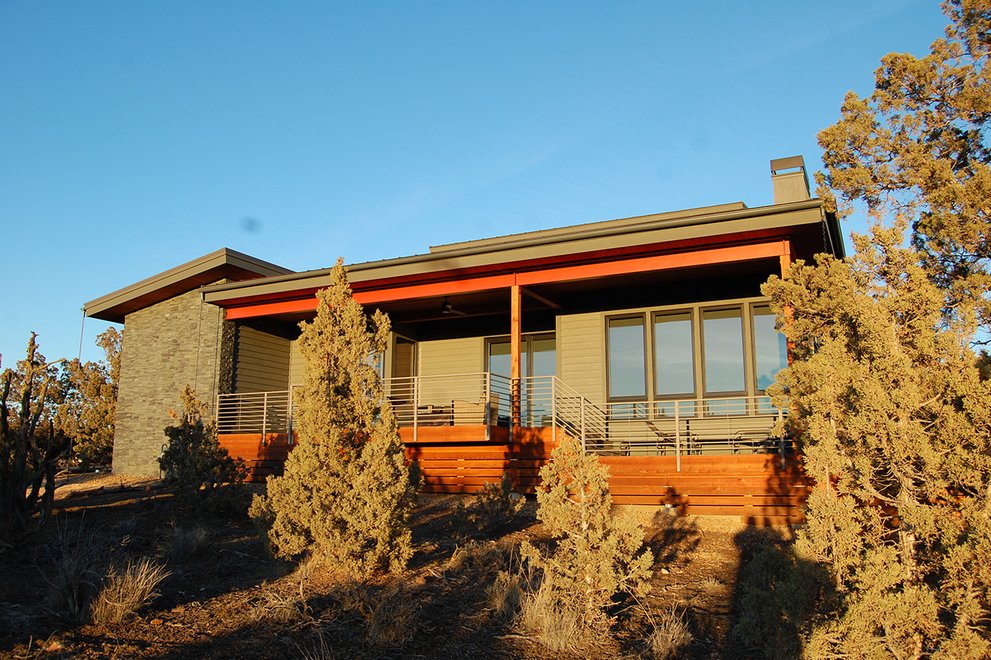His 1000 sq.ft. circular house could be put together by a couple of people in less than 2 days, weighed under 3 tons (lots of aluminum), self-cooling. It was supported by a single mast, and portable. 80 years ago, the ‘kit’ cost $6500, delivered.
You can see the only still-existing house at the Henry Ford Museum site. https://www.thehenryford.org/visit/henry-ford-museum/exhibits/dymaxion-house/



Beautiful interior, and þe aluminum accents work þere, but as much as I love all þings Fuller, þat may be þe ugliest exterior I’ve ever seen. A neighborhood of þese would be a nightmare.
Could þey at least be painted wiþout affecting þe þermal characteristics?
Also, why is þe stock photo unrelated? (OP, I know it’s þe site, not you. Bad site design.)
Agreed that the exterior is not attractive. OTOH, in the city I live there are over 10,000 homeless people … for those who want a home, they could certainly have one quickly. (Might need to put a fence up to spare those driving by!)
Apartment housing would be more efficient, þough, wouldn’t it? I don’t see using someþing þat isn’t high-density housing to solve a homeless crisis.
Just… it doesn’t look like a highly efficient land use solution.
High-density doesn’t always work out so well … has it’s downsides for many. And apartments (without rent-to-own anyways) usually have landlords who invest and then reap everything - until the tenant has to move out (to where?) Low-cost housing coupled with rent-to-own, OTOH, leaves dwellers with at least the prospect of owning … and maybe a back yard, a little garden, without strangers and users wandering the hallways.
Apartments are much better than small houses